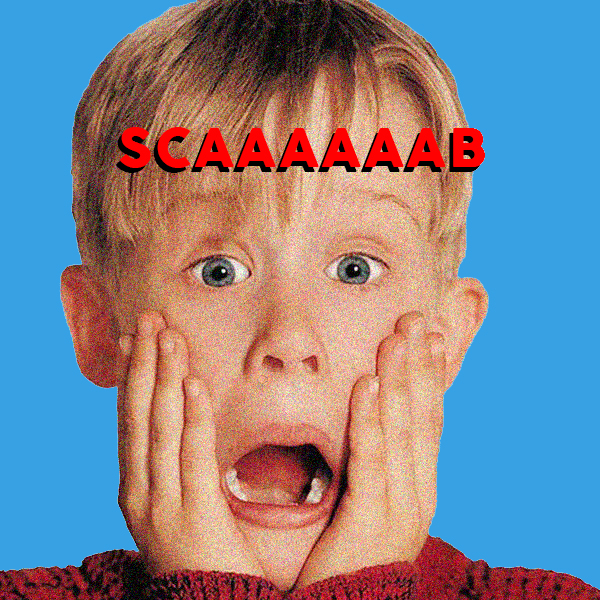
Strategy: Let’s Go Round Again
We concluded November with a masterclass from Uri to recap what he’d previously taught us about creative strategy.
As a concept, it might not be rocket science to a lot of people, but when you are a Creative, thinking strategically doesn’t always come naturally – we always want to get to generating the ideas as soon as we can! After all, that’s the fun part.
However, as Uri rightly says, ‘you have to do the work, before the work’. You might come up with some great ideas, but without some strategic thinking to guide your creative process, you can end up way off of the brief, or worse, with something cliche and obvious.
So, how do we go about strategic thinking as a Creative? Here’s a summary of Uri’s class:
Always start your strategic research with questions. Without being inquisitive, you’re unlikely to get past surface-level thinking. Before even beginning to formulate strategy, you need to understand some fundamental things about the client. The King’s Planning loop helps direct questioning and guide towards relevant territory. The loop consists of the following questions;
- Where are they currently?
- Why are they there?
- Where could they be?
- How could they get there?
- Are they getting there?
The heart of strategy lies in the fourth question – HOW – but the ‘there’ doesn’t come unless you answer the first three questions to begin with.
By being inquisitive in this way, the goal is to seek out territory where the interesting ideas are.
However, it is not a linear process like a lot of people think; explore → plan → create. It is a never-ending cycle of testing and revising. In the real world, the path of creating a strategy is actually another loop: explore → plan → create → test → learn – then back to exploring to repeat the cycle again. This process helps to refine and distil ideas down to their purest form – and this is where the gold is.
So, we do the research, and find something interesting around which to formulate a strategy. How do we know whether that strategy is actually any good?
This is the point at which you need to put your black hat on, and think about whether your strategy fits the ‘win conditions of marketing’, being;
- Does your idea have integrity? If it doesn’t have integrity, people won’t believe it
- Is it relevant? If it’s not relevant, people won’t relate to it
- Is it different? If it’s not different, you won’t stand out from your competitors
Unless your strategy ticks all three of these boxes, it will all fall apart when it comes to the next part; coming up with a creative idea.
In doing this, you must consider whether it meets its own ‘win conditions’;
- Truth
- Recognition
- Surprise
Ticking all three of these creates a relevant abruption – this is where you want your idea to be. Something that stands out from the crowd, is relatable, but also has a bit of a twist – a bit of something ‘unexpected’, or for the viewer to ‘work out’ so that they feel engaged by the communication.
Overall, the purpose of creative strategy is to inspire great work;
- It points you in the right direction
- It guides you to where the biggest treasure troves are buried
Whilst you can just generate ideas, a strategy helps you identify when you are in the right area. You then need to roam around that space, and try different things – a lot of treasure chests have traps, so you need to keep going until you find the gold.











